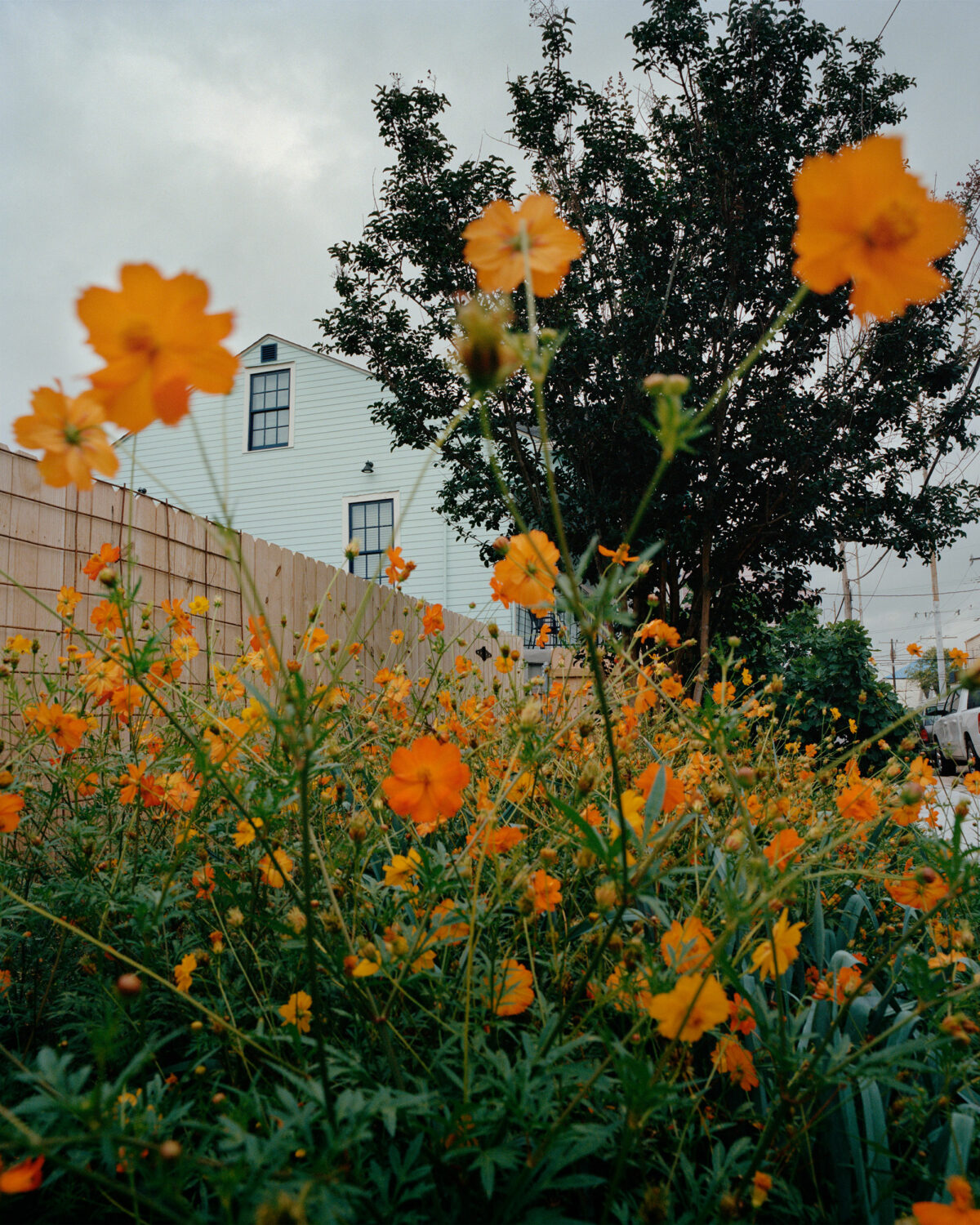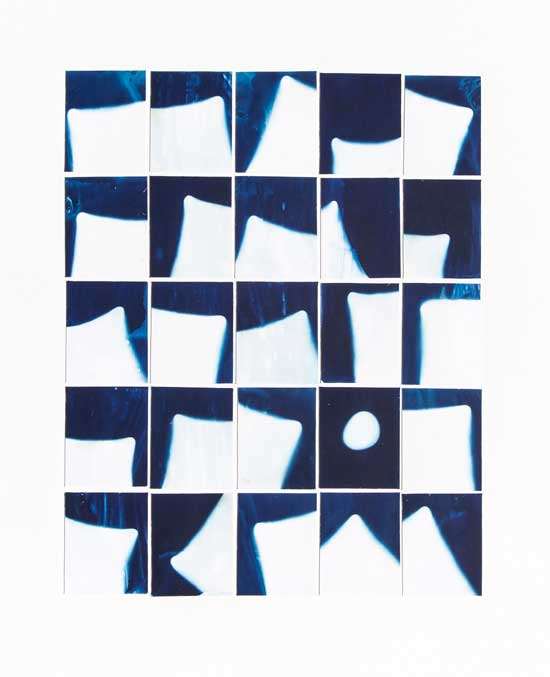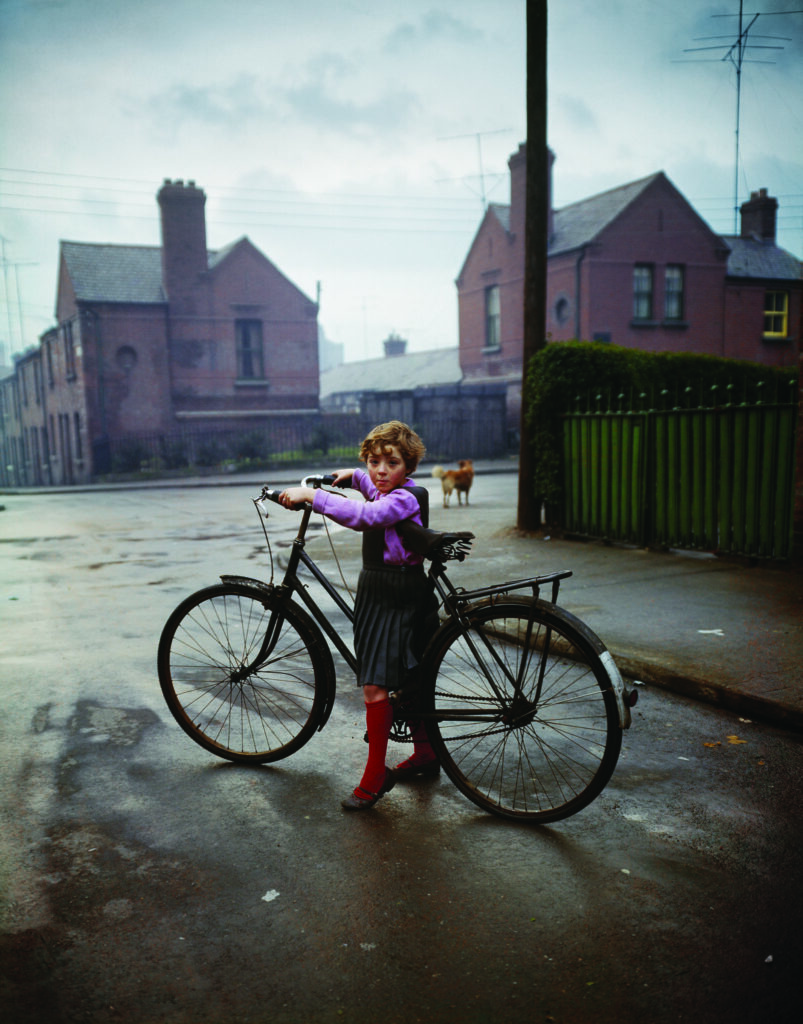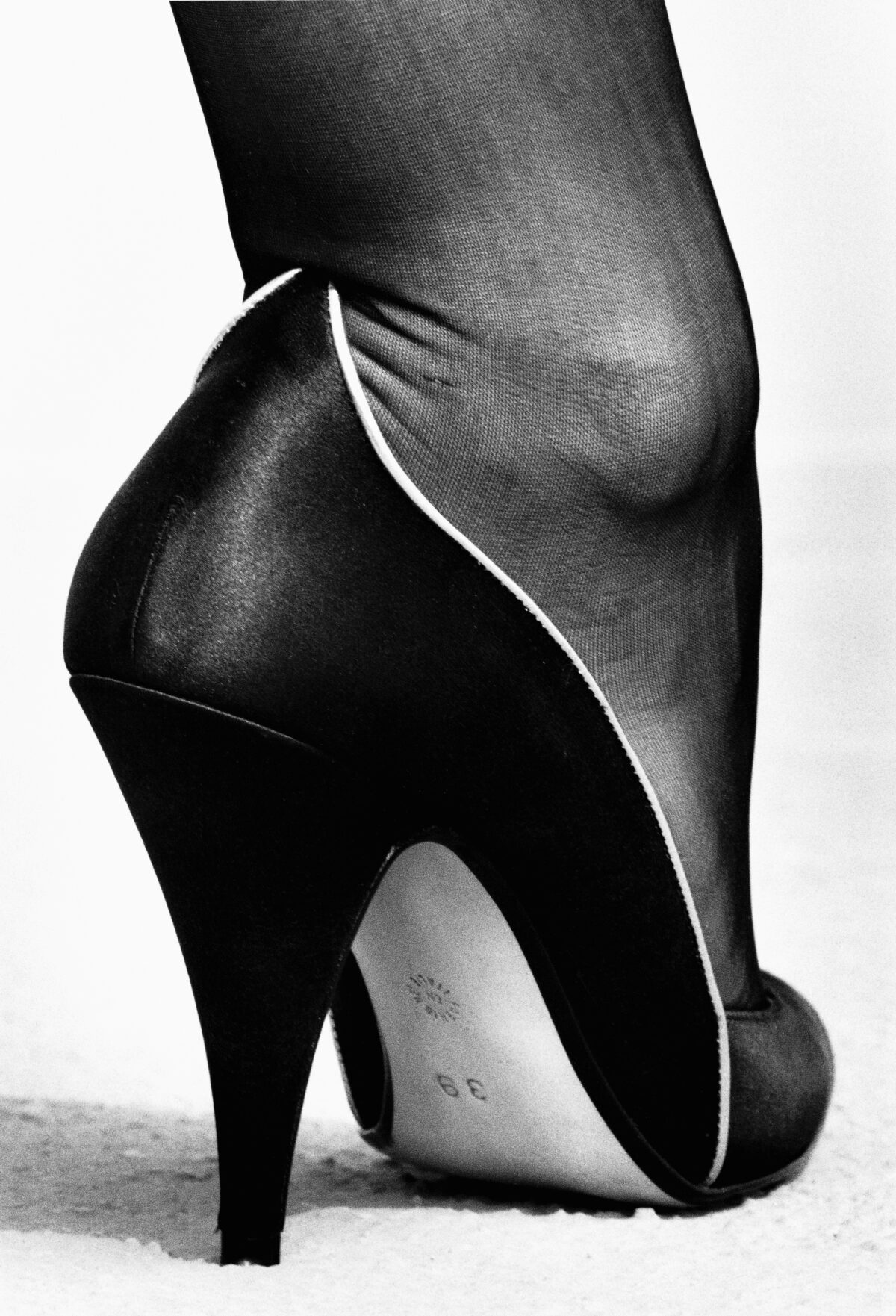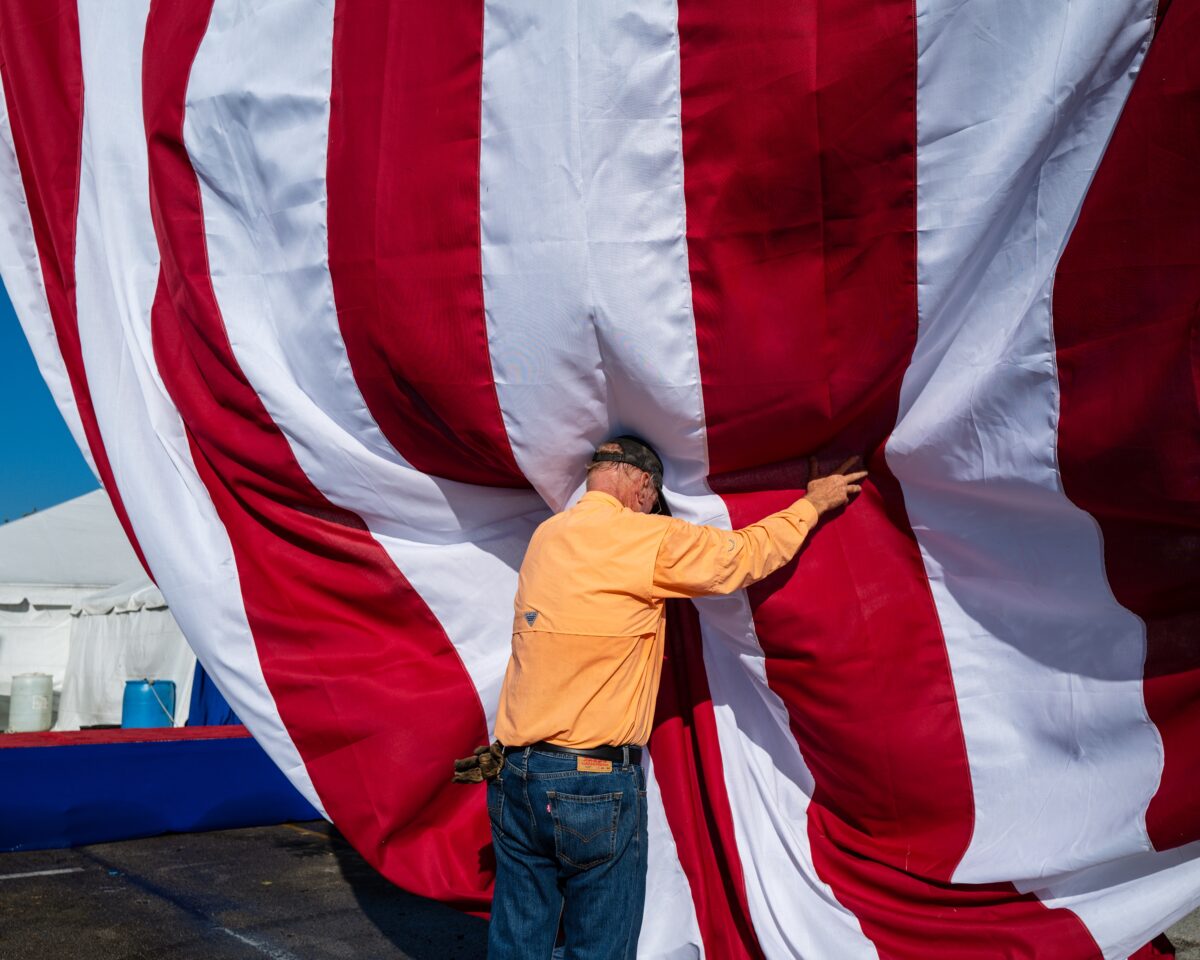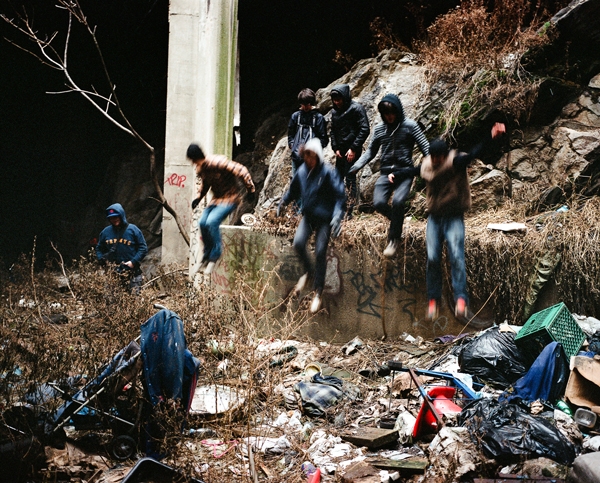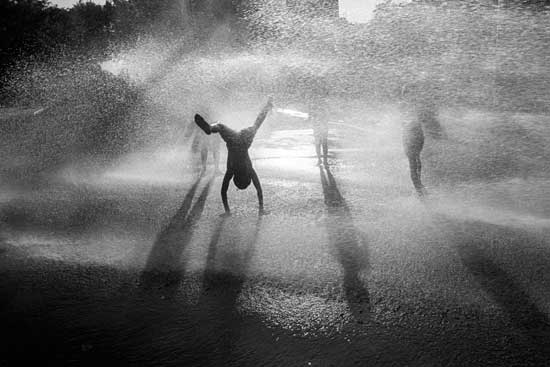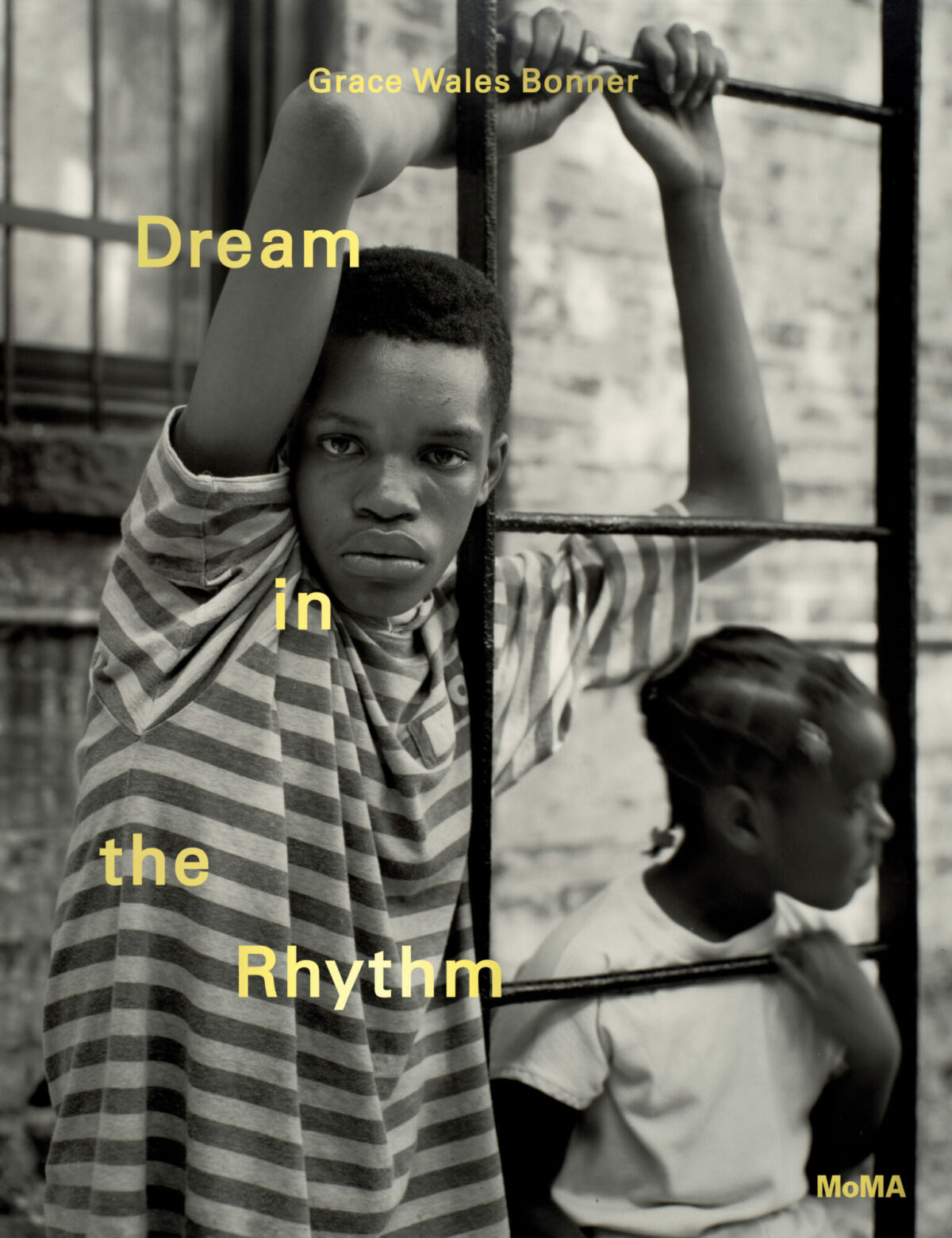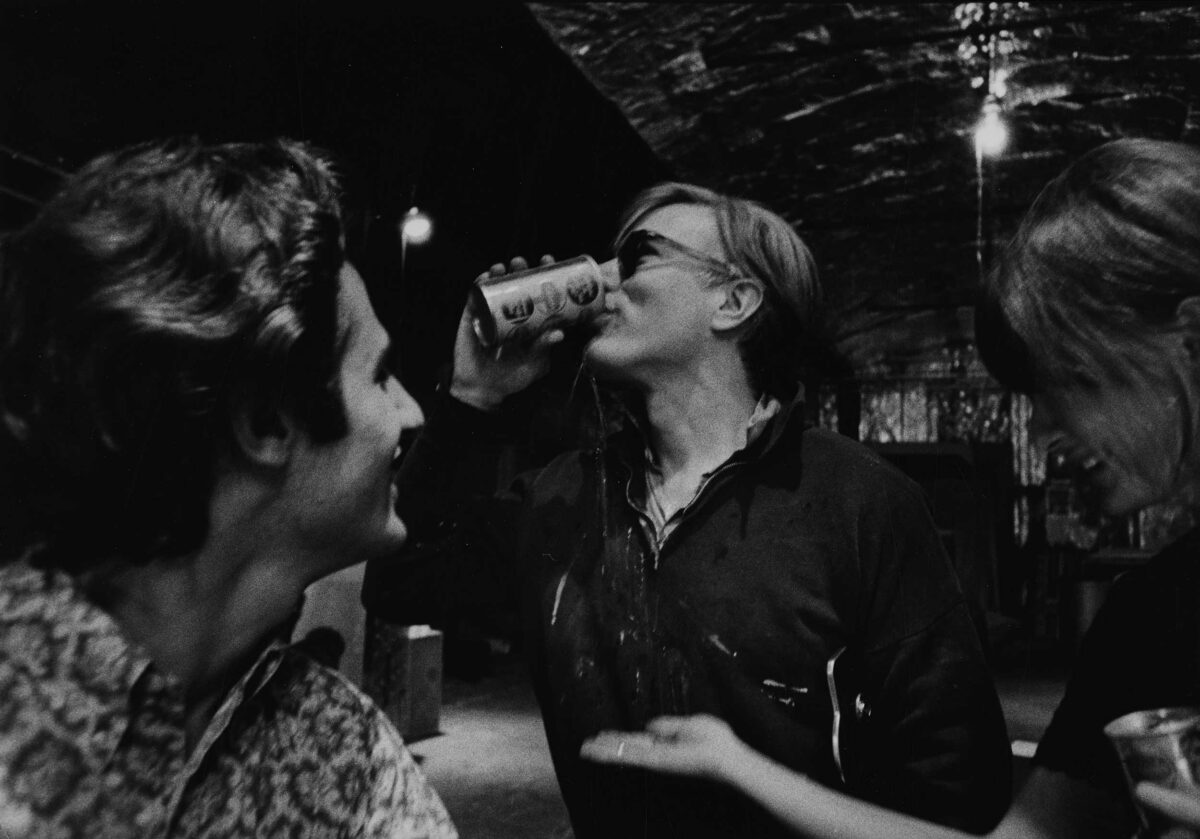A year and a half before the dynamic exhibition “Whose Streets? Our Streets!” opened at the Bronx Documentary Center, where it is on view through March 5, there had been a sense that this show would be a nostalgic look back at the work of 38 photographers who covered activism in New York. Opening night would be a reunion of sorts for the men and women who had taken to the streets to document social movements related to AIDS, race relations, housing, abortion, and police brutality from 1980 to 2000. Of course things turned out to be quite different from when the show was still being conceived, back when there was belief we would inaugurate the first women President of the United States.
A week before Donald Trump was inaugurated, a packed house filled the Bronx Documentary Center on a chilly night. The room was so crowded with people that the windows were sweating, blocking passersby from seeing inside. The photographs were arranged side by side, connected by emotion rather than social issue. And it certainly did feel nostalgic in many ways: we were looking at history; we were looking at analog prints; we were looking at a group of activists in a city known for activism. But there was also a sense of this being a rallying cry: the name of the exhibition itself is a protest slogan; a week later, millions would take to the streets, flooding social media feeds with images of protestors in women’s marches all over the world.


For those who haven’t seen the show, an accompanying website was built to ensure that more people would see the photographs. Images were also shown outside on neighboring blocks, plastered on walls with wheat paste, a nod to the ways in which activists once communicated and another way of experiencing the work.
Images stick with us. So do slogans. Repeating the name of the show feels like being part of a movement. A week later, while listening to the protesters during the marches, I thought again about the show as marchers chanted: “Tell me what democracy look like.” There was a cry that followed, an answer to the present, but also to the past and what the walls inside the Bronx Documentary Center were exhibiting: “This is what democracy looks like.”

